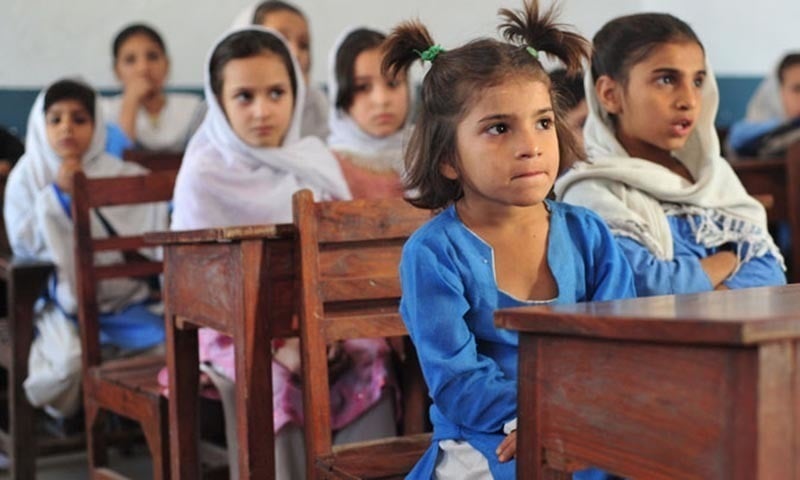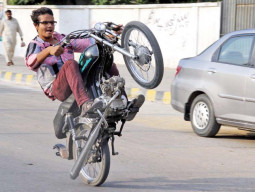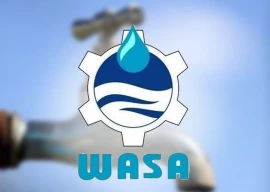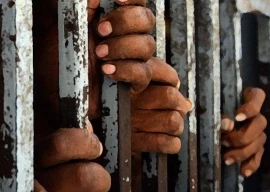
Despite being the recipient of the second highest aid package for education in the region, aid for basic education per child in Pakistan is the fourth lowest in the region and far below requirements.
According to Unesco’s Global Education Monitoring (GEM) report, Pakistan received $643 million in aid for education in 2014, second behind India which received $806 million in the same year.
PML-N fails to secure JUI-F support for proposed law
It was up by nearly 41% from 2013 when Pakistan received $454 million, and has nearly trebled from 2002 when it received $218 million.

Despite that, the share of aid for basic education was around half the total aid it received at $342 million in 2014. It was up from $252million in 2013 and had almost trebled from 2002-3 when it was allocated $126 million.
As a result, aid for basic education for every child in Pakistan in 2014 stood at just $16, behind other countries in the region such as Nepal ($24 per child), Sri Lanka ($25) and Afghanistan ($50).
This despite the fact that Pakistan has a large percentage of out-of-school children with Unesco’s Institute for Statistics listing 5.5 million of primary school-age children not attending schools in 2013.
Globally, the report said estimated aid figures for education dipped by almost $600 million or four per cent between the years 2013 and 2014. It said that the share of total aid being allocated to education also fell from 9.5 per cent to 8.2 per cent.
US budget 2016-17: Obama proposes $860m aid for Pakistan
“This indicates that the sector is falling further down the list of priorities for donors,” the GEM report observed.
The report further said that aid for basic education, pre-primary and primary education as well as basic life skills, had worryingly decreased by five per cent globally since 2013, a higher decrease than education as a whole in a world where there are 59 million out-of-school children.
This, the report noted, was far below previous calculations which put aid requirements for education to increase by at least six times to fill an annual finance gap of $39 billion.
“Yet the latest analysis shows that, rather than rising, levels of aid to the sector are eight per cent lower than they were in 2010,” the report said, suggesting that to fill the remaining gap and reach the target, “these aid levels now need to increase seven-fold.”
“It is disheartening to see that international aid to education is going in the wrong direction,” said Unesco GEM report director Aaron Benavot. “This will make education progress extremely difficult, if not impossible, for many countries still reliant on financial support from donors.”
Joint efforts: Sindh, US govts working together for education

According to the report, four donors including France, Japan, the Netherlands and Spain had reduced aid to basic education by 40 per cent or more between 2013 and 2014.
While the United Kingdom had reduced aid to basic education by 21 per cent, or almost twice its rate of reduction of total aid to education, and was no longer the largest bilateral donor.
The United States has now replaced the UK as it increased aid by $164 million, or 23 per cent.
Published in The Express Tribune, May 2nd, 2016.


1725443747-0/Untitled-design-(5)1725443747-0-165x106.webp)














COMMENTS (7)
Comments are moderated and generally will be posted if they are on-topic and not abusive.
For more information, please see our Comments FAQ